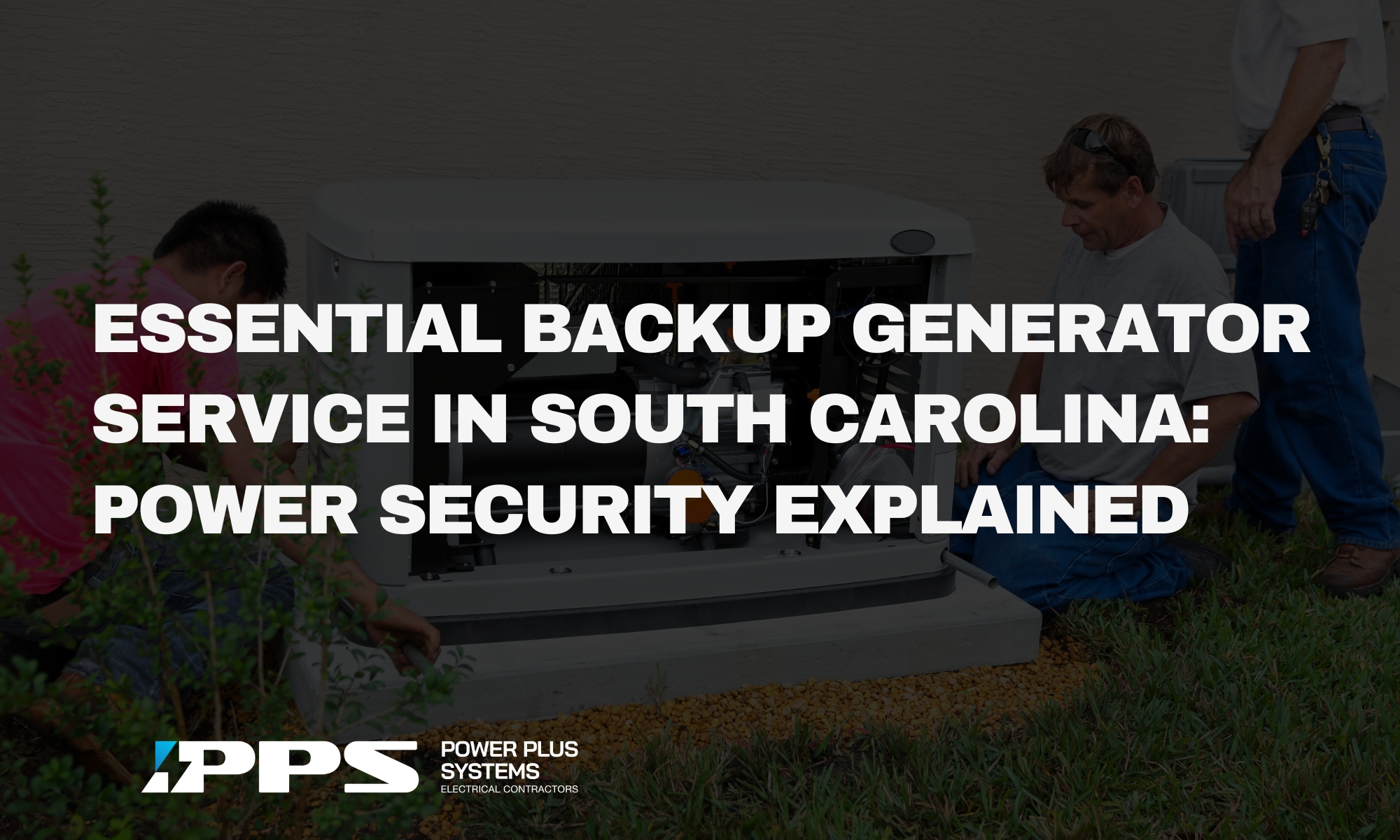
Get expert electrical tips, safety advice, and project inspiration delivered straight to your inbox. Join our newsletter today! Charleston Homeowners’...

Get expert electrical tips, safety advice, and project inspiration delivered straight to your inbox.
Join our newsletter today!
Electrical surges are silent threats to your valuable electronics. These sudden spikes in voltage can happen in a flash. Common causes include lightning strikes, power grid fluctuations, and even everyday internal appliance switching. You might not see them, but these events can cause serious, widespread damage to your home’s electrical system and devices.
Today’s homes are packed with sensitive, expensive electronics. Think about your smart TVs, computers, gaming consoles, and kitchen gadgets. Each one is vulnerable. Protecting these investments, and gaining peace of mind, is more important than ever. You need a defense that covers everything.
This is where whole house surge protection steps in. It’s the ultimate solution to shield your entire home. Let’s explore how this vital system keeps your electronics safe and sound.
An electrical surge is simply a sudden, temporary boost in voltage. This voltage goes way above the normal level your devices expect. Think of it like a quick, powerful wave of electricity.
Surges come in two main types. External surges, such as lightning, come from outside your home. Internal surges are much more common. They happen when large appliances, like your air conditioner or refrigerator, switch on and off.
These voltage spikes vary greatly. Some are huge and last for a microsecond. Others are smaller but happen frequently. Even small, repeated surges can slowly wear down your electronics over time.
A powerful surge can instantly destroy your appliances. Sensitive microchips can fry, making your expensive electronics useless. This often leads to costly repairs or outright replacements.
Smaller, non-destructive surges cause a different kind of harm. They slowly weaken internal components. This “cumulative degradation” means your devices fail sooner than they should. You end up replacing items more often.
Surges also pose a serious risk to your data. Computers, external hard drives, and smart home systems can all experience data loss or corruption. Imagine losing important files or having your smart home settings wiped out. There are also safety concerns. Surge damage can sometimes lead to electrical malfunctions or even fire hazards within your home’s wiring.
You probably already use individual surge strips. These only protect the devices plugged directly into them. This leaves the rest of your home’s wiring and connected appliances completely open to damage.
Basic surge strips often provide “series” protection. This means they act as a buffer for only a few devices. A whole house system offers a much more robust defense. It protects everything connected to your electrical panel.
Think of whole house surge protection as your first line of defense. It reduces the surge’s power right at the source. This initial protection helps individual point-of-use strips work even better. They catch any smaller surges that make it past the main defender.
Many important appliances are hardwired into your home. Your HVAC system, refrigerator, oven, and water heater don’t plug into a strip. A whole house surge protector is critical for these expensive units. It shields them from damaging power spikes.
This type of system also protects your home’s core electrical infrastructure. It defends your main electrical panel, all the wiring, and junction boxes. Your entire power system remains secure.
Are you a smart home owner? Then this protection is vital. It safeguards all your interconnected devices. Your Wi-Fi router, smart thermostats, security cameras, and voice assistants stay safe. You maintain control over your connected home.
The main component is called a Surge Protective Device, or SPD. Electricians typically install this device at your home’s main electrical panel. Sometimes, it goes at the meter base. This placement means it covers everything downstream.
When an overvoltage event happens, the SPD detects it. It then quickly diverts the dangerous excess electrical current. This current is safely sent to the ground. This prevents it from flowing into your home’s circuits and damaging your electronics.
SPDs contain special components. Metal Oxide Varistors (MOVs) are common examples. These MOVs absorb the surge energy. Over time, or after a large surge, these components can wear out. They may eventually need replacement.
You’ll find different categories of SPDs. Type 1 SPDs are installed before your main electrical panel. They provide the first, strongest layer of protection against powerful external surges. These are often found on the utility side.
Type 2 SPDs are more common for homeowners. They install directly at your main electrical panel. These devices offer excellent secondary protection for your entire home. Most residential whole house protectors are Type 2.
Type 3 SPDs are point-of-use devices, like those power strips. They offer supplemental protection. They should be used after a whole house system. When you’re choosing a protector, look at its joule rating. This number tells you how much surge energy the device can absorb. A higher joule rating means better protection.
When you shop for a whole house surge protector, safety comes first. Always check for UL 1449 certification. This means the device meets strict safety and performance standards. You want to know it’s been tested.
Also, match the SPD’s amperage rating to your home’s electrical service. Your electrician can help you with this. The protector needs to handle your home’s power demands. Many good models include indicator lights. These lights tell you if the device is working correctly. If the light is off, it’s time for a replacement.
Don’t forget the warranty. A strong manufacturer warranty offers peace of mind. Some even cover connected equipment if it gets damaged while protected by their device.
Working with your main electrical panel is complex and dangerous. It involves high voltage electricity. Because of this, professional installation is strongly recommended. Trying to do it yourself can lead to serious injury or damage.
Always hire a licensed and experienced electrician. They know how to properly install the SPD. They will make sure it connects correctly and safely to your electrical system. This ensures the best protection for your home.
Proper grounding is also vital. The SPD needs a robust grounding system to divert excess voltage. Your electrician will check and ensure your home’s grounding meets safety standards. This step is key for the protector to do its job.
Remember those indicator lights? They are your first clue. If a light goes out or changes color, your SPD might no longer be protecting your home. It’s time to consider a replacement.
Whole house surge protectors don’t last forever. They have a typical lifespan, often several years. Frequent power surges, even small ones, can degrade their internal components. This means they lose their protective ability over time.
Regular inspections by a qualified electrician are a good idea. They can check the device’s health. This ensures your home always has effective surge protection. Don’t wait until damage happens.
Investing in whole house surge protection saves you money. You avoid the high costs of repairing or replacing damaged electronics. Think of all those appliances in your home. This protection prevents expensive headaches.
It also extends the life of your home appliances. By shielding them from harmful surges, they work better and last longer. This means less frequent buying of new fridges, washers, or TVs.
Some insurance companies might even offer discounts for homes with surge protection. Always check with your provider. Lastly, by extending device life, you also help the environment. You reduce electronic waste, which is good for our planet.
Whole house surge protection is a smart choice for any homeowner. It gives you comprehensive protection for all your electronics and appliances. You stop costly damage before it even happens. Most importantly, you gain valuable peace of mind.
Are you protecting your home adequately from electrical surges? Now is the time to assess your vulnerability. Consider making this crucial investment. A qualified electrician can help you find the right system for your needs.
Protecting your home’s electrical system is a proactive step. It pays off significantly in the long run.

Get expert electrical tips, safety advice, and project inspiration delivered straight to your inbox. Join our newsletter today! Charleston Homeowners’...
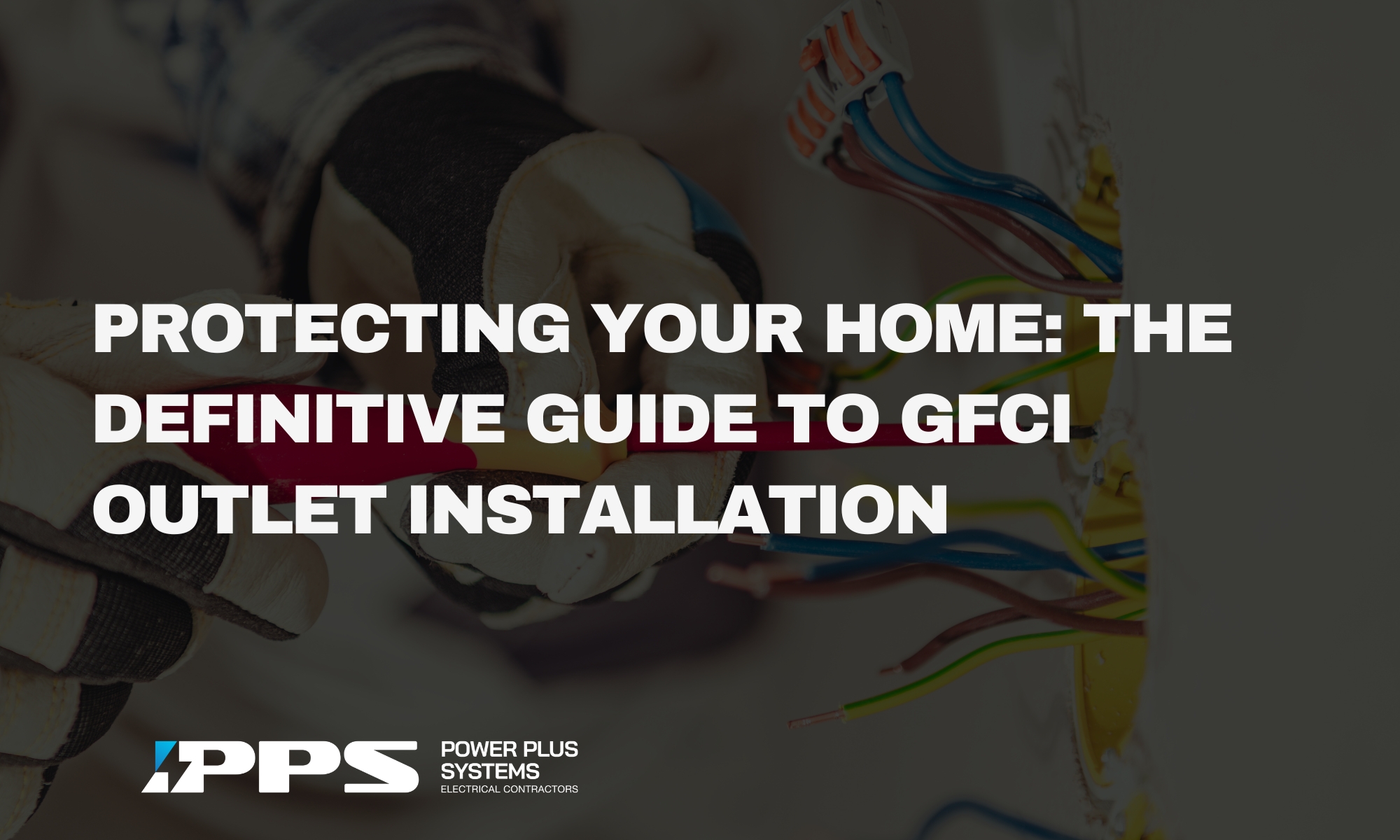
Get expert electrical tips, safety advice, and project inspiration delivered straight to your inbox. Join our newsletter today! Master Home...
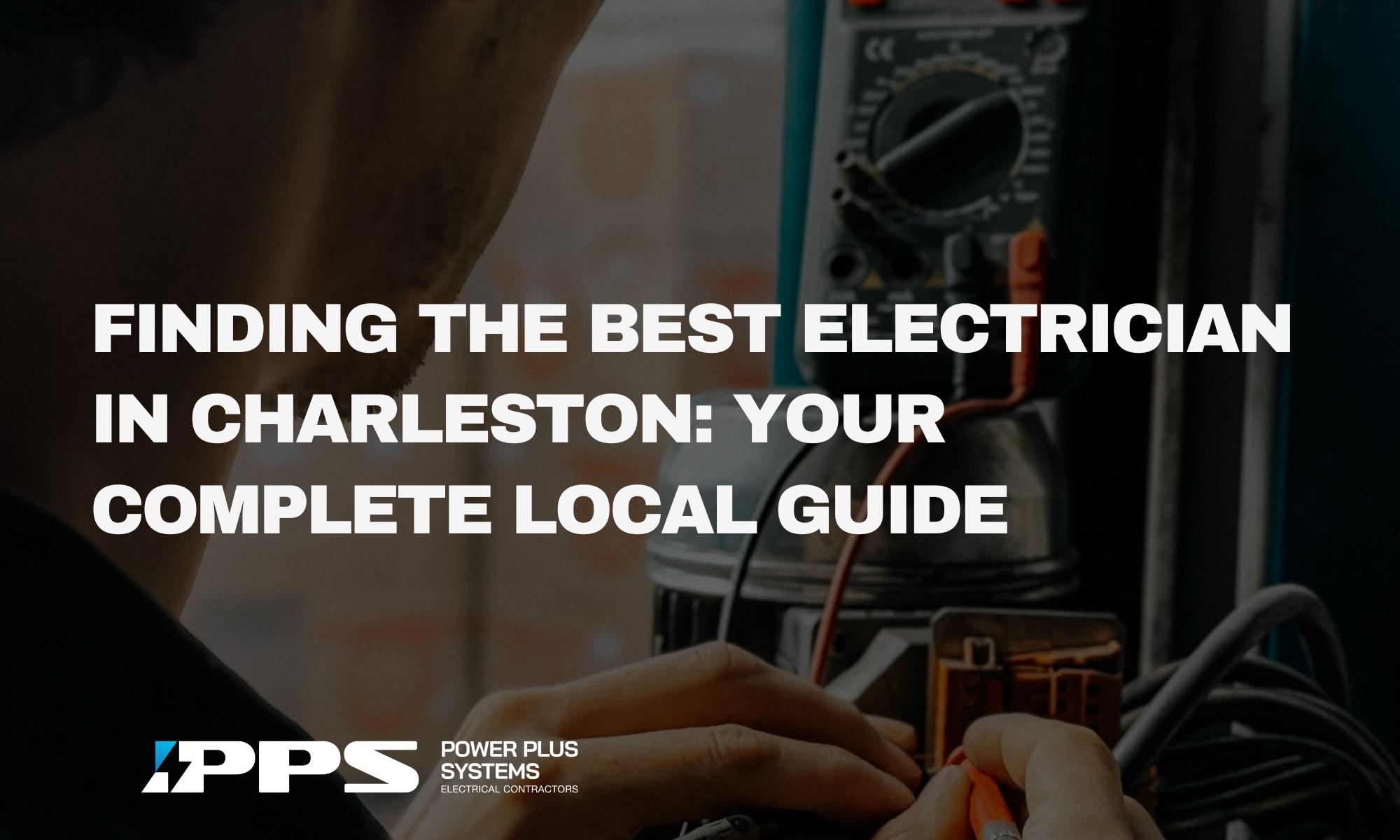
Get expert electrical tips, safety advice, and project inspiration delivered straight to your inbox. Join our newsletter today! Your Ultimate...
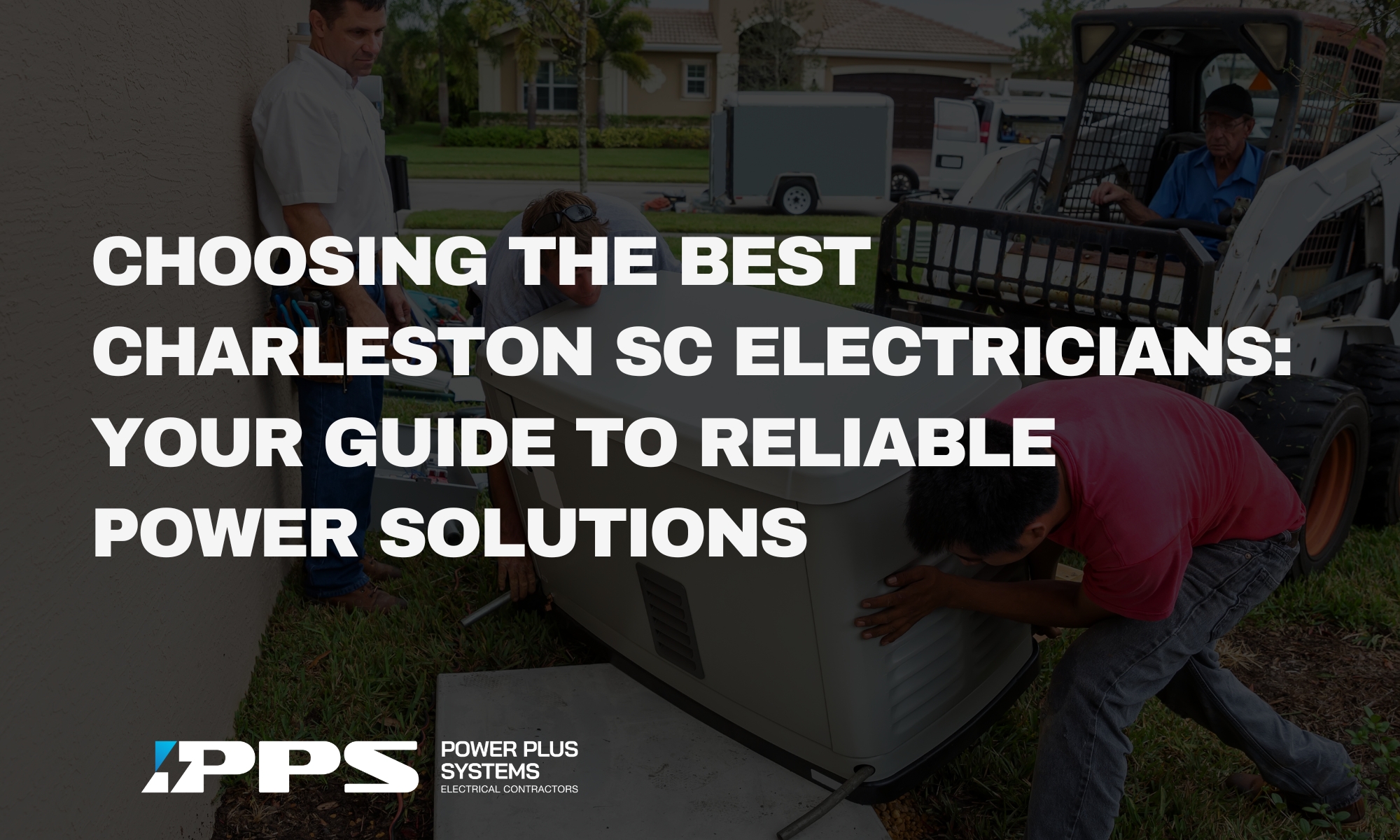
Get expert electrical tips, safety advice, and project inspiration delivered straight to your inbox. Join our newsletter today! Whole House...
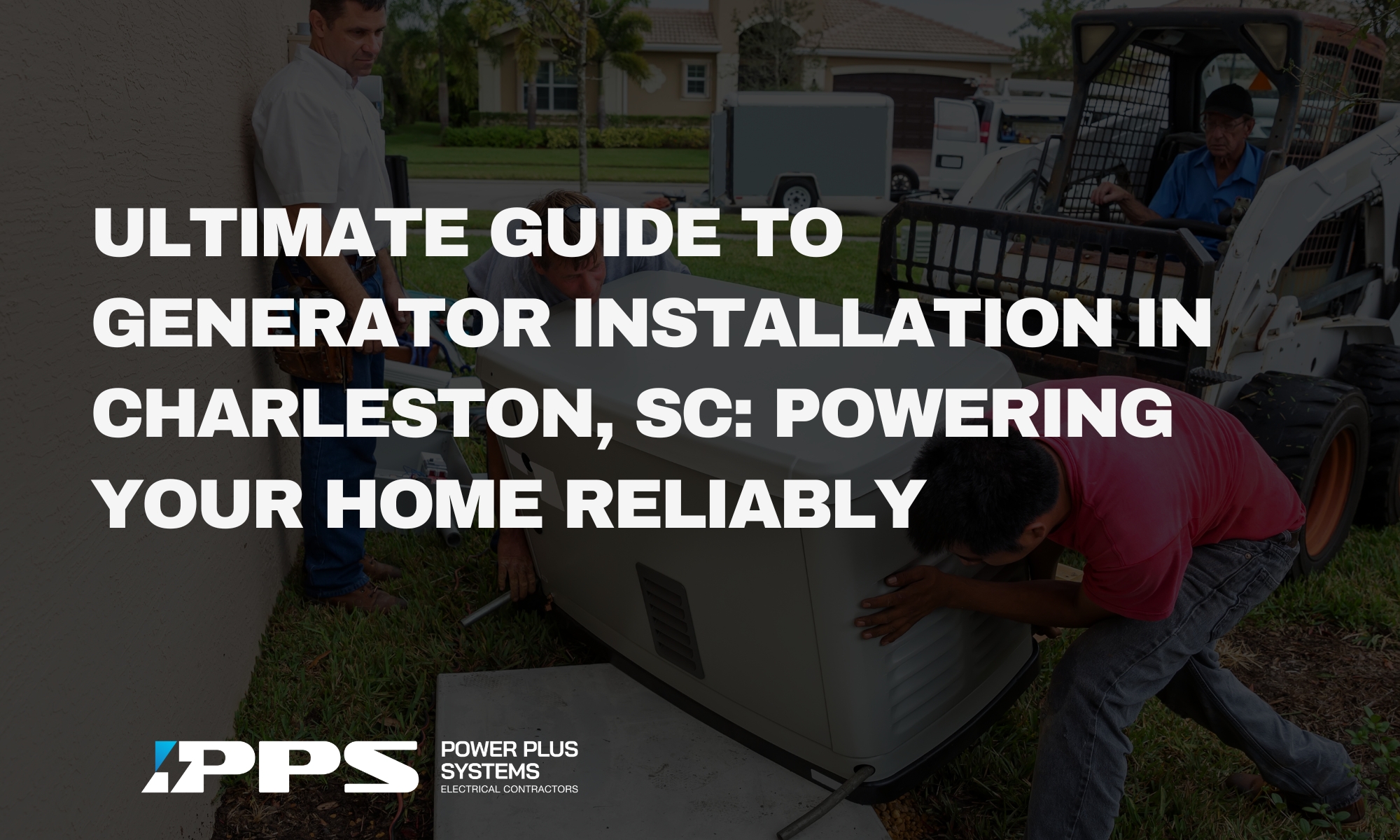
Get expert electrical tips, safety advice, and project inspiration delivered straight to your inbox. Join our newsletter today! Expert Ceiling...
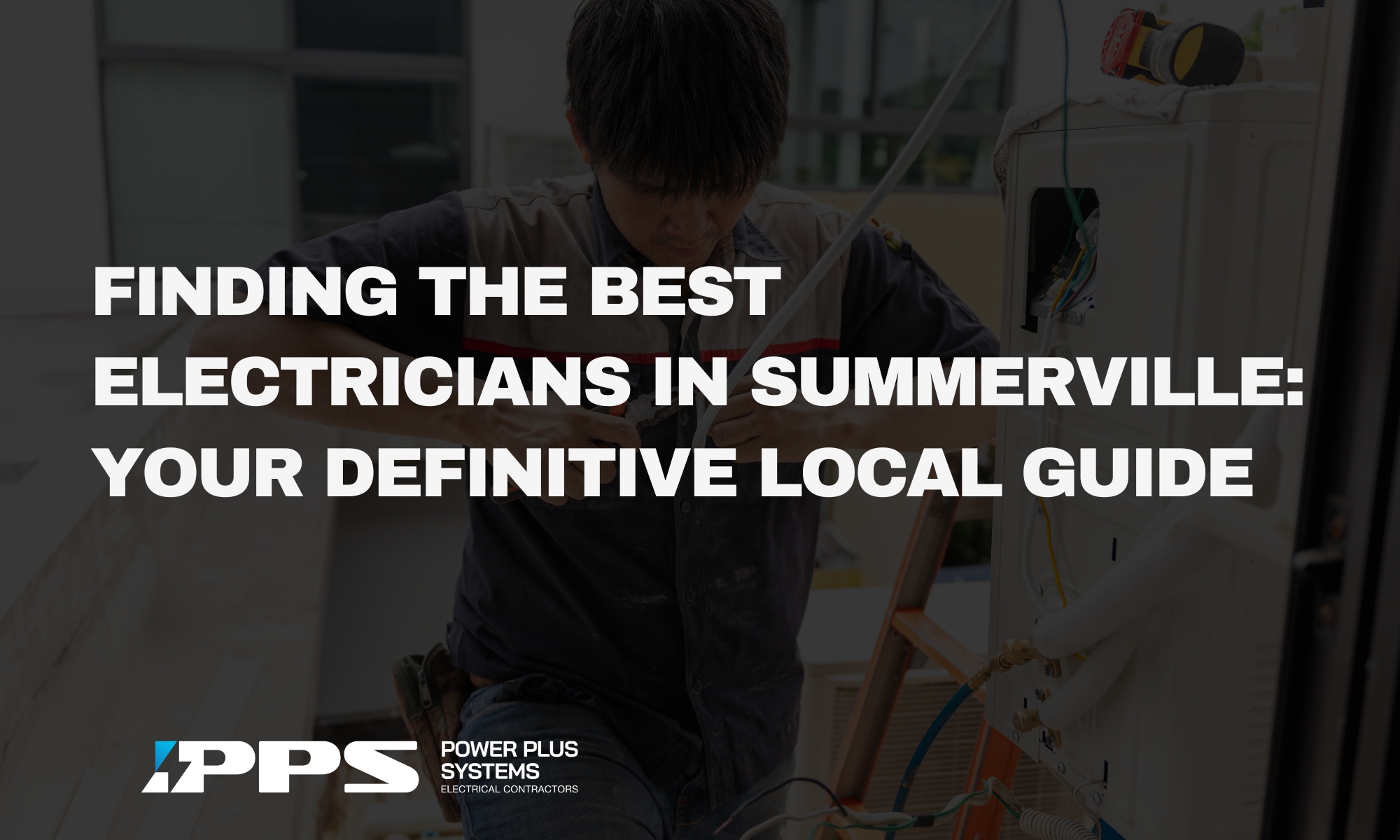
Get expert electrical tips, safety advice, and project inspiration delivered straight to your inbox. Join our newsletter today! Why You...
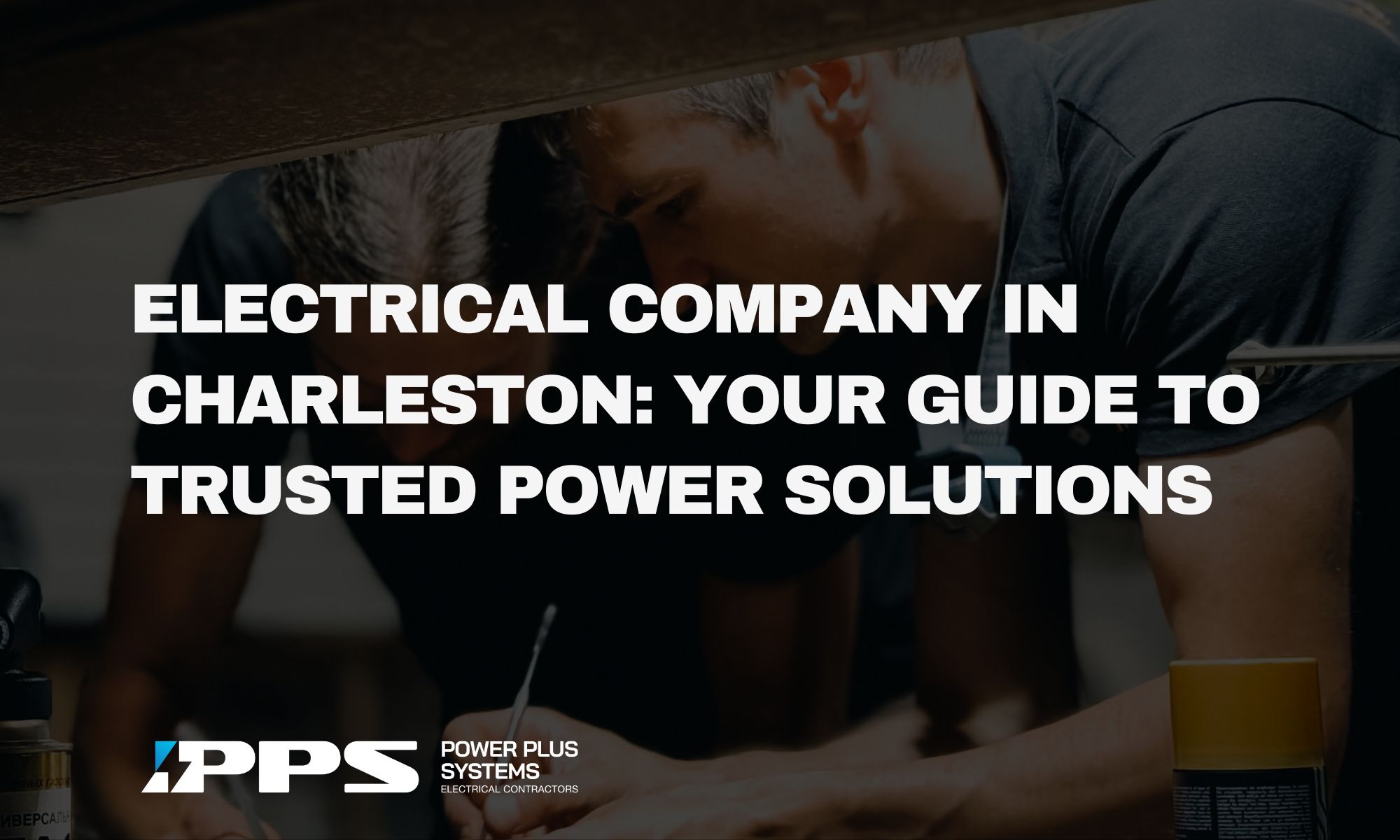
Get expert electrical tips, safety advice, and project inspiration delivered straight to your inbox. Join our newsletter today! Charleston Wiring...
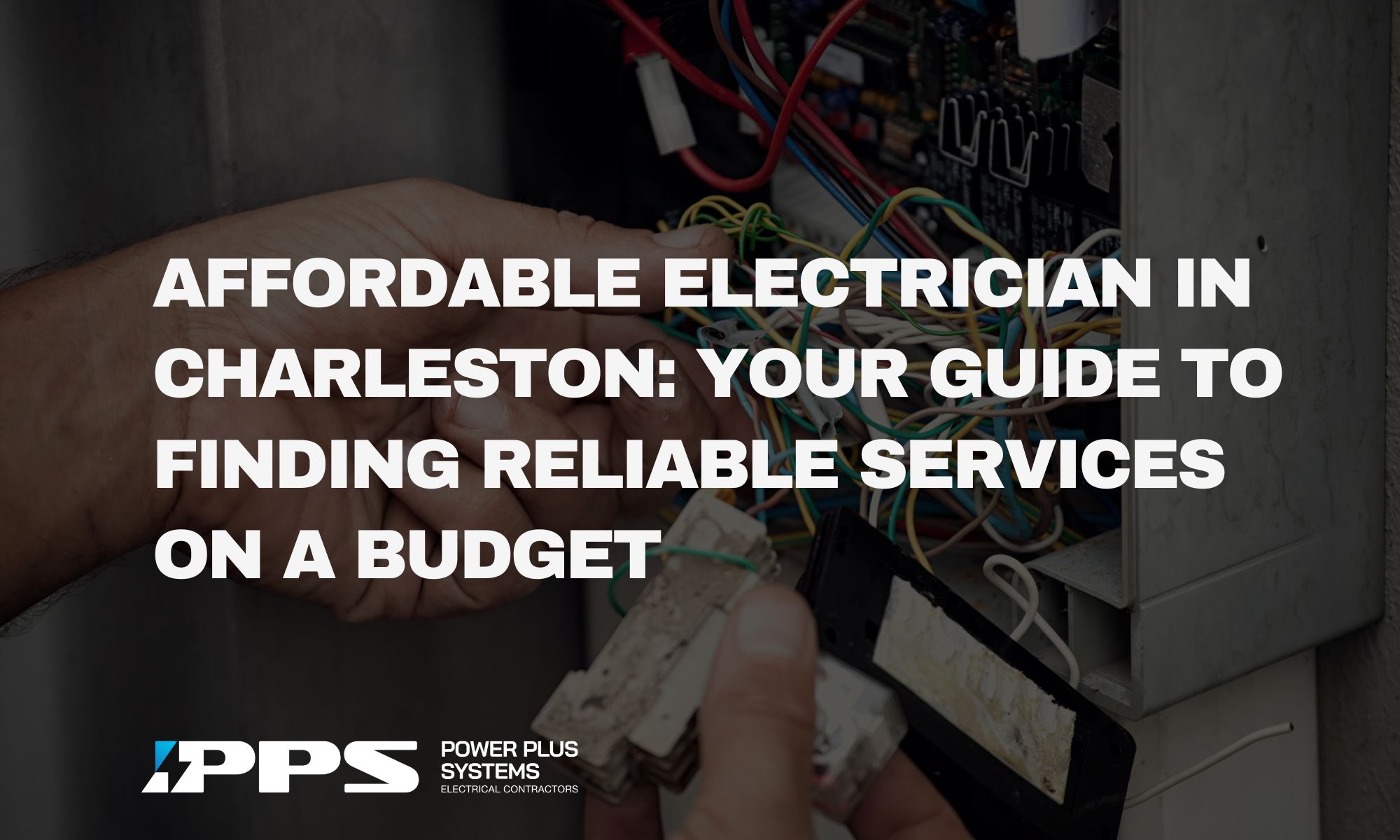
Get expert electrical tips, safety advice, and project inspiration delivered straight to your inbox. Join our newsletter today! Complete Guide...
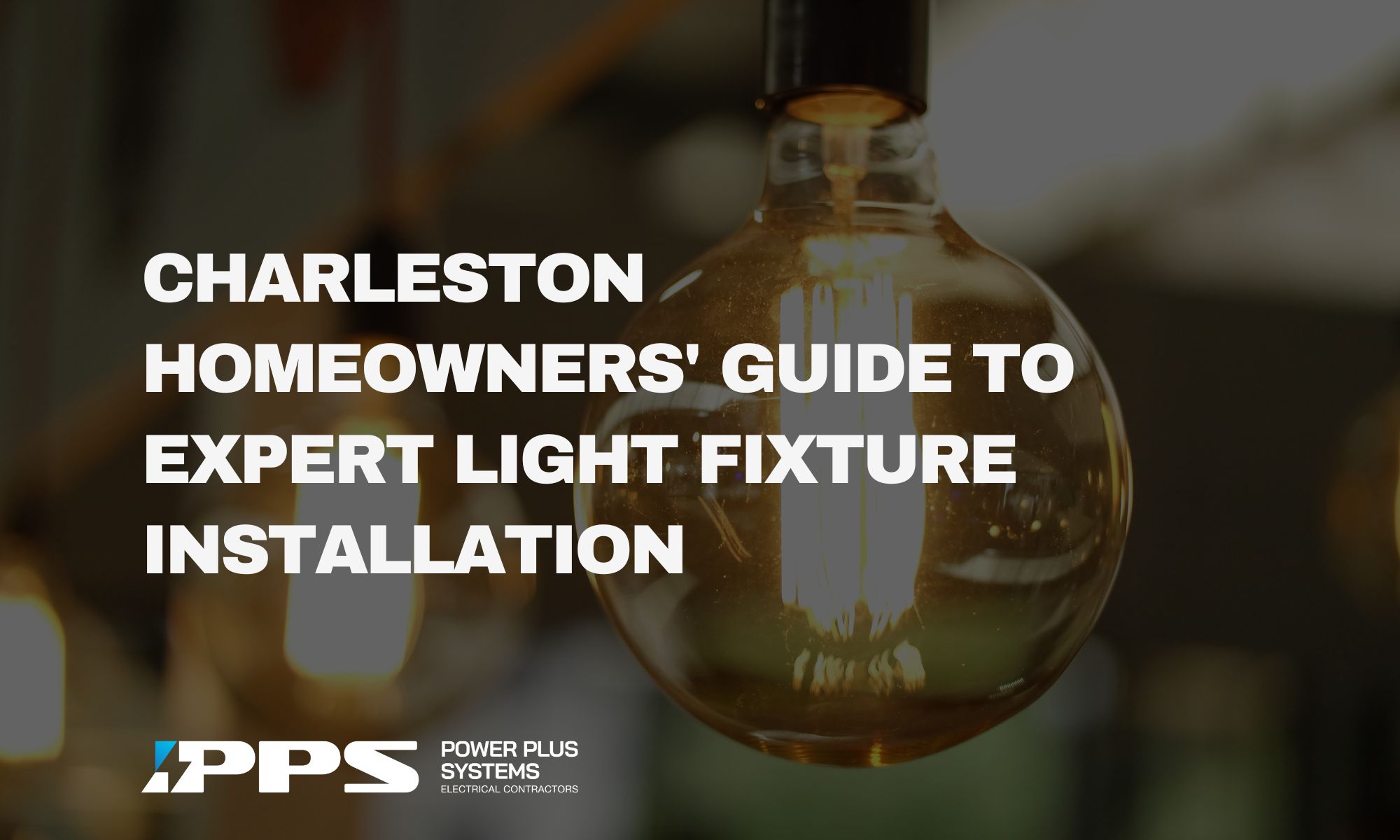
Get expert electrical tips, safety advice, and project inspiration delivered straight to your inbox. Join our newsletter today! Residential Wiring...